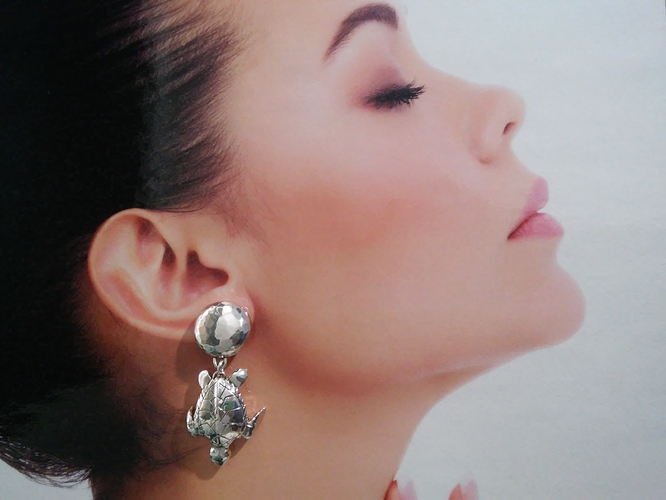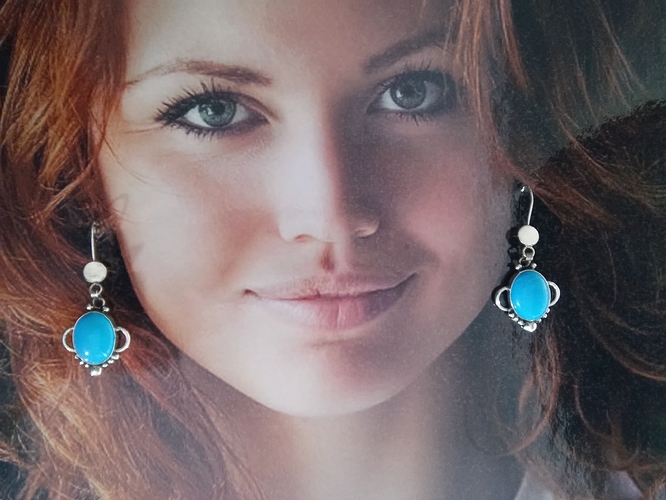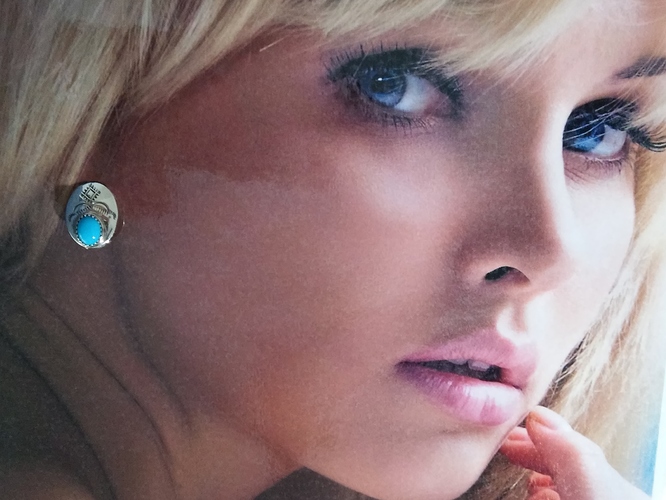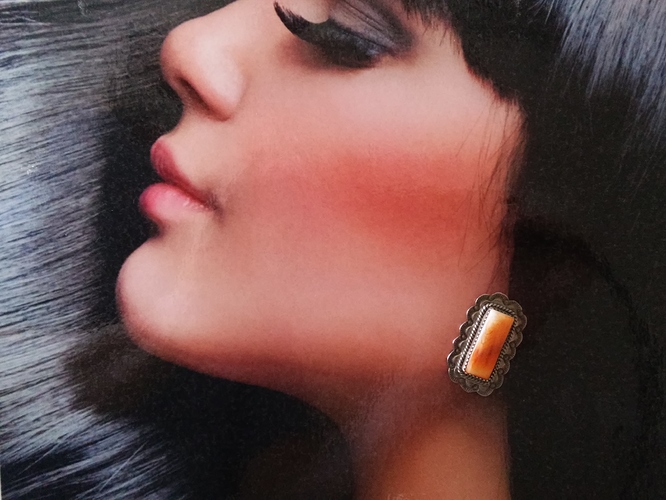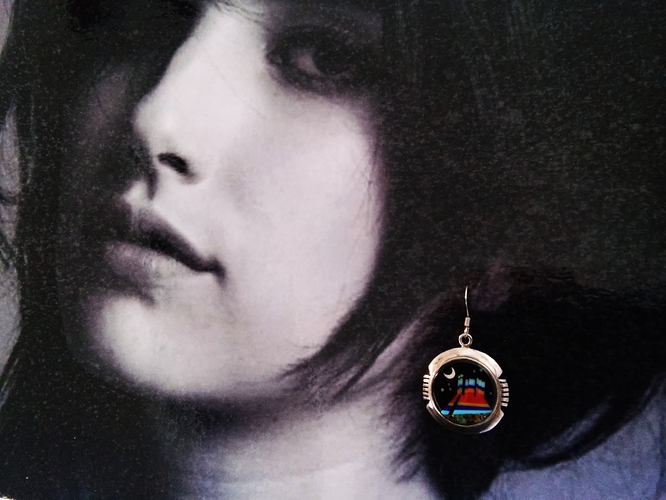Hi guys, I’ve compiled a list of some of the tips from my experience selling jewelry. If you guys have any additional tips as a seller, I would love to read them in the comments. Enjoy!
- DESCRIBING YOUR JEWELRY:
To us hardcore collectors, some common key words that are well known to us, may not be well known to the new collector, or someone unfamiliar with Native American Jewelry. Terms like “Fred Harvey” may puzzle a new collector so be sure to specify. Instead of describing your jewelry as a “Fred Harvey Ring,” try describing it as:
Native American Fred Harvey Era Ring (circa 1930-1940)
-Attempt to stay away from buzz words like “old pawn.” At the end of the day, unless there is an original pawn ticket attached, there is no way to know if a piece was truly ever pawned.
-Stay away from using adjectives like “beautiful,” or “amazing” to describe your products. Ultimately, it’s the buyer who decides if the jewelry is beautiful or amazing. Now if you are selling online, there is nothing wrong with using words like this in the body of the product description. But in the title description, shy away from using adverbs. It distracts from the true descriptors of the piece. Online, most people will search for “Vintage” ring, or “Turquoise” ring, or “Navajo” ring, for example. Very few people search using adjectives, so it’s not necessary to use them in the title description of your listing. You are are limiting the views of your product by adding unnecessary/excessive adverbs and descriptors.
-Remember when possible, try and associate your jewelry with a specific tribe.
-Remember to state the metal content of your jewelry. It may be obvious to experienced collectors, but to the new collector it can be a reassuring fact.
-Be weary when identifying a turquoise mine. Ultimately, we don’t know where a stone came from unless we mined it ourselves. Most turquoise exhibits specific characteristics that we can attribute to a particular mine, however, the risk here is in accidentally misidentifying a piece of turquoise. We don’t want to let the buyer think we deceived them if we incorrectly identified some turquoise that we sold them, especially if the incorrect identification greatly changes the actual value of a piece. Circumstances such as this can question a customer’s trust in the seller, and damage rapport. About 20 percent of your customers should produce 80 percent of your sales. We don’t want to lose those repeat customers!
- PHOTOGRAPHY:
-Always photograph the front and the back side of your jewelry. I feel that a lot of vendors don’t photograph the back of a piece, because it doesn’t seem “important.” Always include photos of
the backside of jewelry.
-When possible, always use outdoor lighting. Outdoor lighting will always photograph your jewelry most accurately, whereas fluorescent lighting can make the stones appear different colors than they actually are.
-Shy away from photo filters. I am all too familiar with using filters on my selfies, so I can easily tell when someone uses one when they photograph their jewelry. Using filters to enhance the appearance of the jewelry is a deceptive practice, and can damage customer rapport.
- DISPLAYING:
This section applies to you if you have a storefront, or are selling at a show. I genuinely feel that half of the battle when trying to make a sale, is making your jewelry look nice and presentable.
-Make it easy for your customers to shop. Small, flatter items (small rings, thin cuffs, stud earrings, flat pendants) should always be at the customer’s eye- level or lower, like on the surface of a table top. Displaying small items too high on a shelf makes it difficult for the buyer to see the item. Big chunky cuffs, squash blossoms and statement pieces should be raised up higher than the smaller pieces because they are easily visible, even from that height.
-Rearrange your display often. Humans are creatures of habit. We tend to search for things from left to right. Rearranging your display helps the customer find new items they may not have seen the last time they were in your store, without actually adding any additional inventory. Do you have a piece that hasn’t sold in a long time? Try moving it around!



